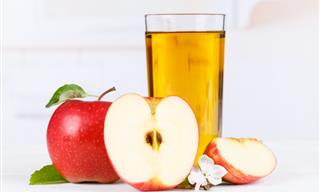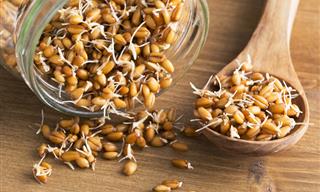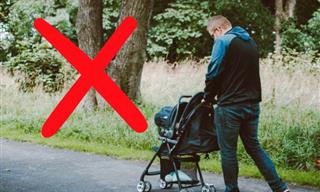As the fall months roll in, the days get shorter, the weather gets cooler, and trees that were once green begin to burst with hues of gold, red, and orange. It’s that time of year when there’s a nip in the air, and all you want to do is curl up under your favorite blanket and sip something warming. But does autumn make everyone feel warm and pleasant? Not quite.
As the weather begins to get cooler and the days become shorter, many feel a twinge of sadness coupled with anxiety. Psychologists call this phenomenon "autumn anxiety," which can make one experience symptoms of anxiety and reduced mood during the fall months.
What Is Autumn Anxiety?

Anxiety in autumn isn’t uncommon. However, the curious thing about this phenomenon is that there often isn’t an obvious external trigger for it, and it recurs annually. Experts say that many people don’t realize how common fall anxiety is, and may not recognize it.
People who experience autumn anxiety typically have the following symptoms:
* Low mood
* Feeling more irritable than usual
* Anxiety and excessive worry
* Loss of interest in everyday activities
* Unexplained lethargy, sleepiness, and fatigue.
According to psychologists, this phenomenon is primarily caused by two factors: physical changes that affect brain chemicals and environmental shifts that influence your daily life. A reduction in sunlight, for example, leads to lower levels of serotonin, norepinephrine, and dopamine - the neurotransmitters that control our emotions.
Related: How to Beat and Prevent the Winter Blues
As levels of these neurotransmitters begin to drop, the levels of cortisol, the ‘stress hormone’, climb up. Too much cortisol can affect mood, appetite, and sleep patterns, and increase anxiety. Less daylight also leads to an increase in the hormone melatonin, which can make one feel sleepy and tired.
Collectively, these shifts in brain chemistry and physical symptoms are known as seasonal affective disorder (SAD). The term refers to a decline in mood during the fall and winter months. However, when we talk about SAD, we usually refer to the shorter days, the longer nights, and the weather getting colder. But many people don’t realize that it also includes anxiety symptoms.
Experts believe that fall depression may be anticipatory anxiety as well, meaning that your body becomes unconsciously aware that autumn isn’t a good time for you and hence you’re going to have a tough time again.
How to Cope with Autumn Anxiety
1. Exercise every day

Research shows that exercising regularly can make you happier and less stressed. Harvard psychiatrist and author John Ratey says that "exercise is like taking a little bit of Prozac and a little bit of Ritalin."
Several studies have proved that people who exercise regularly have better mental health and emotional well-being, and lower rates of mental illness. Exercise also helps in treating depression and anxiety.
Autumn is a great time for enjoying the outdoors. So, take those long walks in your nearby park or go cycling in the morning.
2. Get more daylight

As we discussed above, one of the reasons for fall anxiety is the lack of direct sunlight. To counter that, make sure you spend more time outdoors to make the most of what sunlight there is. Keep finding ways to sneak outside, even just for 5-10 minutes at a time, throughout the day.
3. Start something new
Research shows that when you're feeling low or even a little depressed, doing something new can help make a difference. You may have to drag yourself out of your bed today, but the effort will make you happier tomorrow. "We find that if I feel better today, I'm likely to move around and have more novel experiences and have more experiential diversity the following day, and vice versa," study co-author and NYU psychology professor Catherine Hartley says.
Think of the new things you can do around the house during fall: a cleaning project, decluttering the kitchen, or gardening. Alternatively, you can also start going to the gym, get some cooking lessons, or learn a new hobby.
4. Focus on your diet

In summer, our diet usually consists of food that can keep us cool. Autumn is a great season to focus on a new diet. Think of some of those warm soups or stews you couldn’t eat during the summer. Other comfort foods you can add to your fall diet include veggie and hummus sandwiches, honey nut squash, pumpkin-baked oatmeal, and roasted sweet potato salad.
Check out our article on Delectable Fall Recipes for more ideas.
5. Rethink the season
Instead of thinking about the gloom and dullness autumn brings, reframe the way you think about the season. It’s easier said than done, of course, but try to focus more on the fun and cozy aspects of fall. Think how comfortable it is inside and how you can enjoy this time.
Make your home more autumnal by:
* Deck your living room out with rich scents that create a cozy atmosphere.
* Add new cushions and wool blankets to your sofa and bed.
* Keep your lighting low to create a calm atmosphere.
* Add lively indoor plants to make your home feel cozier.
Share this post with your loved ones!
 Go to BabaMail
Go to BabaMail


























































